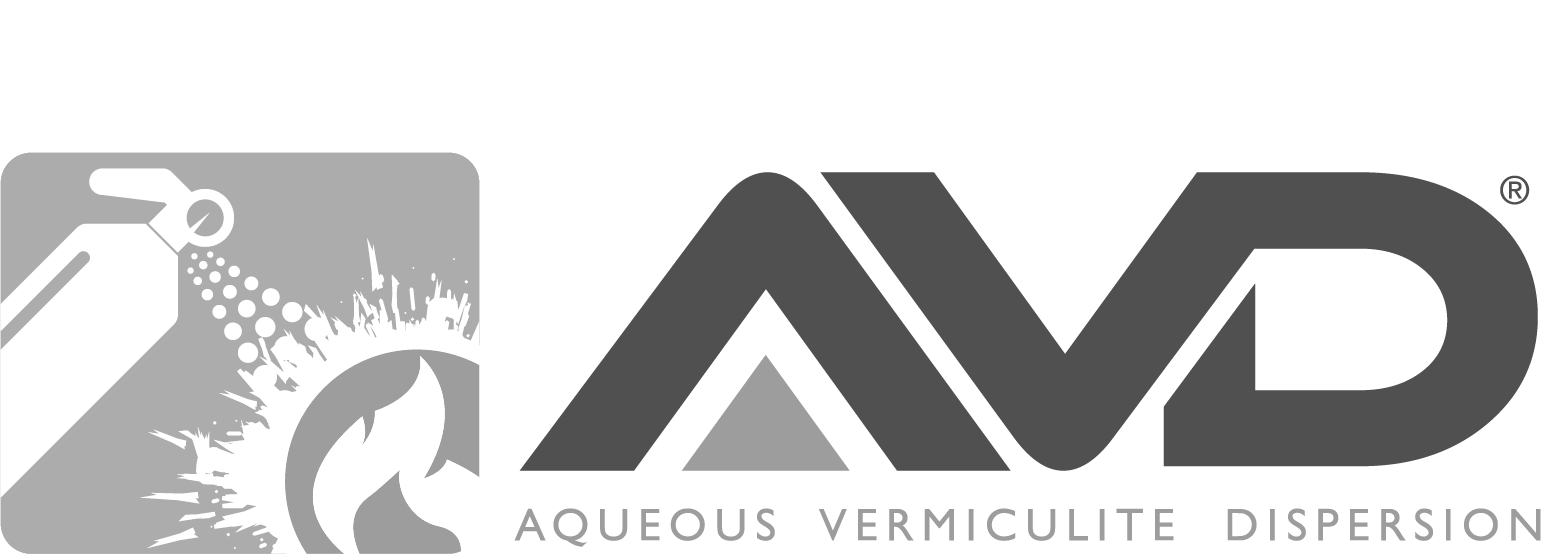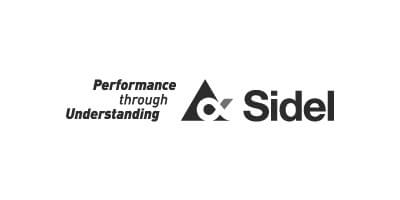Societal Constructs
Society is a complex organism that breathes interaction through its myriad linkages between its component parts. Picture an ant colony where a top-down hierarchy is the rule of the day: one queen, soldiers and workers, all entrusted with a particular role, as ordered by instinct, hormones, smells and ingrained rules. Human society is one highly complex organism where each interaction is determined by free-will and individuality, albeit structured within a system of rights and obligations. The billions of potential interactivities will by necessity and opportunity result in some actions becoming non-conformant and hence termed as criminal.
Society’s foundations are built on five pillars: politics, religion, education, family and economy: each of which is a cauldron of opportunities, regulations, and resultant potential to become and offender or a victim.
Interestingly, these five pillar have taken a major battering right across the fundamental core that is society. Whilst political and religious changes that occurred over the past 50 years brought about major change and in turn forms of inequality and calls for change due to corruption and misuse, the educational and family (any form and function) pillars have helped form the current diversity as well as laid the foundation for revisiting safety and society, with such issues as access to knowledge, a growing elderly population and highly discerning citizens.
The major issue that also pertains to safety and security posits around the final pillar; that based on the economic factor. Whilst the other four pillars form the social construct, the economic models establish the factors that impinge on security and safety. A robust legislation with a strong policing structure, abetted by a strong form of conformity that is enforced by a religion and its hold on family forms, does little to enhance security if the citizens are hungry or have restricted access to goods. The latter scenario offers prime scenarios for social upheaval and economic downturn.
Incoming Crime
With an increase in affluence, opportunities to commit crime increases, such that people have more goods and hence offer more opportunities for others to partake to those goods: in effect the higher the available income, the higher the chances of falling victim to crime. Thus, there is no surprise in the fact that one single year during current times, offers as much reported offences as the entire 1960s decade.
What is interesting to note is not that we show off ours wares and invite offenders to take them away, or that we follow easily discerned routines in our daily scurrying around this tiny island, but that we do not prepare for counter-measures to secure those same goods. The dark figure of crime is a perfect example of this where most offences are not reported unless the offence is shocking at state or personal level or there is a financial possible of recouping the relative cost.
Such is also true for the protection of property: whilst most state that an alarming system wards off potential offenders, those on the other side of the coin posit that by the mere fact of installing an alarm, one is advertising that there is something worth taking within the property.
The concept of CPTED (crime prevention through environmental design is something that society has yet to come to terms with. Development has to incorporate a structural approach to security and safety at the earliest aspects of the process, even prior to the design of buildings and well before the drafting of tangible infrastructure. The whole concept needs to be revisited in terms of the societal changes highlighted above. A new private estate requires a demographic study of the potential occupants: in a society that is rapidly ageing, the potential makeup of the zone will be by necessity composed of elderly. Each age cohort requires specialised operations, from structural functionality to accessibility to communication and monitoring. Inbuilt safety and security systems cannot be introduced as secondary addenda to a function but require prior integration at every level. Gating, monitoring, tracking, patrols and security services are but some issues that could be introduced and implemented in such new realities.
Gone are the days of social engineering where whole societies are uprooted to other areas, which situation disrupts harmony and actually disperse potential offenders across the entire state. The experiences of the Chicagoan schools have shown that this is true, with Yorkshire also suffering from such dispersion of offenders through displacement. Malta has not been spared neither, what with the governmental 1973-1993 drive to issue housing and the private high-density development of such zones as Qawra. Much has been learned and still yet has to be taken up as society morphs rapidly in its quest for new domains; aerial, underwater, space and virtualities.
In any scenario, the need for awareness, scrutiny and the scientific approach to the analysis of actual crime figures is a must if society is to ensure the stability and eventually the reduction of crimes.
The next excerpt will focus on New forms of Society: Crimes and Virtualisation
Dr Saviour Formosa PhD
Formosa S., (2015). Complex spatial constructs and changing environments: understanding safety and security.
About the Author
Dr. Saviour Formosa is a Senior Lecturer at the Department of Criminology, Faculty for Social Wellbeing, University of Malta and Director of CrimeMalta
Email: saviour.formosa@um.edu.mt
Profile: https://www.um.edu.mt/profile/saviourformosa
ResearchGate: https://www.researchgate.net/profile/Saviour_Formosa
































